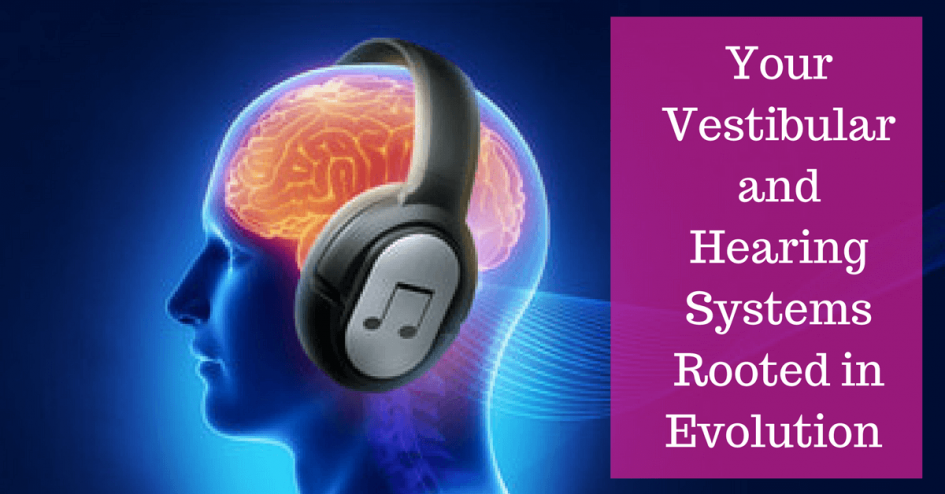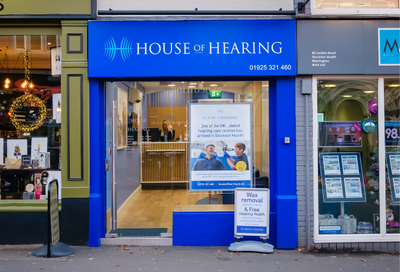
Your Vestibular and Hearing System are Rooted in Evolution
Mar 21, 2017
Just how old are your ears? If this sounds like a silly question, you may be in for a surprise. Scientists have been tracing the history of our hearing systems, and they have identified when our ears began to take shape – some 300 million years ago.
As lifeforms slowly emerged from the warm primordial oceans onto land, their bodies and senses began to develop in response to the needs of their new environment. Evolution is the ‘survival of the fittest’ and for most vertebrate species (animals with a backbone), hearing has been essential to survival. It warns us of dangers, helps us to locate food, find a mate and communicate with others. Our ears are the result of a very long process of evolution. Over time, they have perfected their function to give us the hearing systems we have today.
Our ears share remarkable similarities to other mammals, and we even have a few things in common with birds, fish and reptiles. Let’s take a closer look at the development of the hearing system.
The hearing system
On land, mammals (including humans) need to hear across large frequency bands and in sharp resolution. Most animals need to detect quiet sounds in order to survive. For example, the deer that hears a tiger approaching first, is less likely to be eaten. Having two closely-placed ears on either side of our head helps us to locate sound in 3-dimensional space and determine pitch. For the hearing system to work well, faint sounds first need to be amplified inside the ear, then transmitted to the brain.
So how does it work? Our ears are made up of three parts: the outer ear, middle ear, and inner ear. Sound travels through the ear canal (outer ear) to the eardrum, then into the middle ear. Here, three small bones called ossicles amplify the sound, which vibrates the tympanic membrane covering the entrance to the inner ear. Inside the inner ear, a spiral-shaped cavity called the cochlea converts these vibrations into nerve signals and transmits them to the brain, so we can understand what we are hearing.
All vertebrate mammals share this basic system, though each species has adapted its system to access to the different frequency ranges it needs. For example, bats and dolphins have rigid membranes inside their ears, so they can hear very high ultrasonic frequencies which help them to detect prey. Other animals like whales and elephants have thinner membranes, so they can hear low infrasonic frequencies across savannahs and oceans.
Scientists have examined ossicle bones inside the skeletons of primitive humans from 2 million years ago. They found that our primitive ancestors may have had better hearing sensitivity than modern humans. This may be because primitive man lived in open grasslands and needed to hear more precisely than we do today.
The vestibular system
The inner ear also contains the vestibular system, which is responsible for our balance, and holds the key to understanding the origins of our ears. The vestibular system literally keeps us standing upright. It helps us keep our balance while navigating gravity, motion and space. In mammals, the vestibular system consists of two main parts - the otoliths and a semicircular canal system.
Otoliths are small organs which are found in all vertebrates, including reptiles, birds and fish, and even extinct and long-dead species. The otoliths control our basic linear motion – forwards and backwards, and side to side.
The canal system is a newer and more complex development. Scientist Kathleen Cullen has identified that these developments happened when creatures evolved from living in water to living on land – 300 million years ago. Moving through air rather than water meant that a more sophisticated system was needed to help them keep their balance. The canal system reacts as we move through space. For every head movement we make, the system will compensate with nerve and muscular reflexes that keep our eyes focused and our muscles working to keep us standing up.
What does this mean for us?
Scientists are now focusing on how the human brain uses these two inner ear channels to process information. Their findings could greatly help people with vestibular problems such as vertigo (dizziness and loss of balance). Kathleen Cullen is using her discoveries to improve the design of vestibular implants for patients with balance disorders.
Any damage to the eardrum, middle ear or cochlea can cause hearing loss. Damage to the inner ear can also cause vestibular problems. If you have been experiencing hearing loss or a loss of balance, it might be a good time to get a hearing test done.
You can contact House of Hearing to make an appointment or have a chat with one of our specialists. Give us a call on 0131 220 1220, or simply pop in to one of our centres.
Our Clinics
All House of Hearing clinics are in town centre locations and accessible to public transport and parking. Home visits also available if mobility is an issue.


.png)
.png)
.png)

.png)
